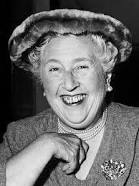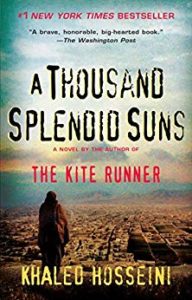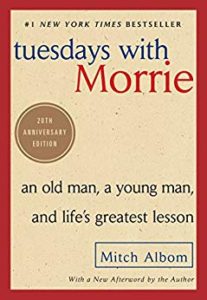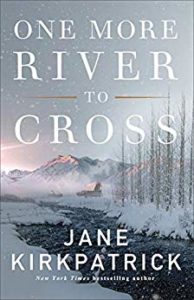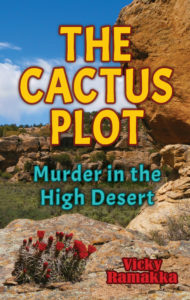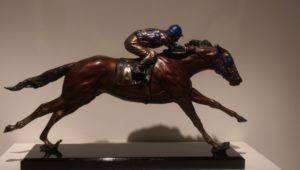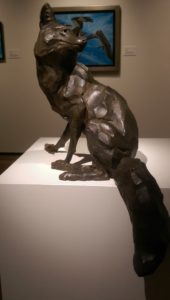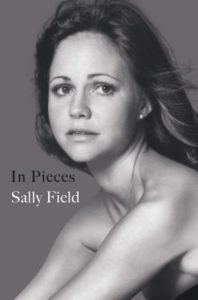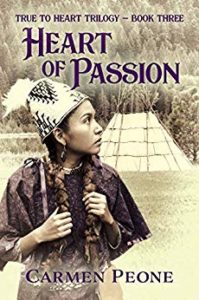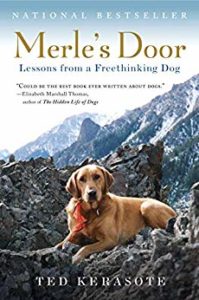 Ted Keresote, while on a kayak/raft trip down Utah’s San Juan River, was surprised when a big golden/reddish dog joined their party. He didn’t have a collar or obvious identification. The dog was thin, but full of energy, and had apparently been living on his own for some time. He seemed to like what he smelled in this party of several friends, and he adopted Keresote. His eyes said it all: “You need a dog, and I’m it.”
Ted Keresote, while on a kayak/raft trip down Utah’s San Juan River, was surprised when a big golden/reddish dog joined their party. He didn’t have a collar or obvious identification. The dog was thin, but full of energy, and had apparently been living on his own for some time. He seemed to like what he smelled in this party of several friends, and he adopted Keresote. His eyes said it all: “You need a dog, and I’m it.”
Upon returning to his home in northwestern Wyoming, near Jackson Hole, Keresote took the dog, whom he named Merle, to a veterinarian. The vet determined that the dog was probably not quite a year old, was in good health, and had no chip or other ownership identification.
The two, man and dog, bonded and became a team, enjoying life as they hunted, hiked, and skied, sharing their love of the outdoors. As the name of the book implies, Keresote installed a dog door in his home, allowing Merle almost total freedom. Fortunately, they lived in a rural area where this was possible.
As the author recounts Merle’s demeanor and their relationship, he shares interesting facts written by expert animal behaviorists. The two—the man and his dog—learn from each other.
Merle’s Door is a remarkable book and one I highly recommend, especially if you love dogs and yearn to know more about them.


